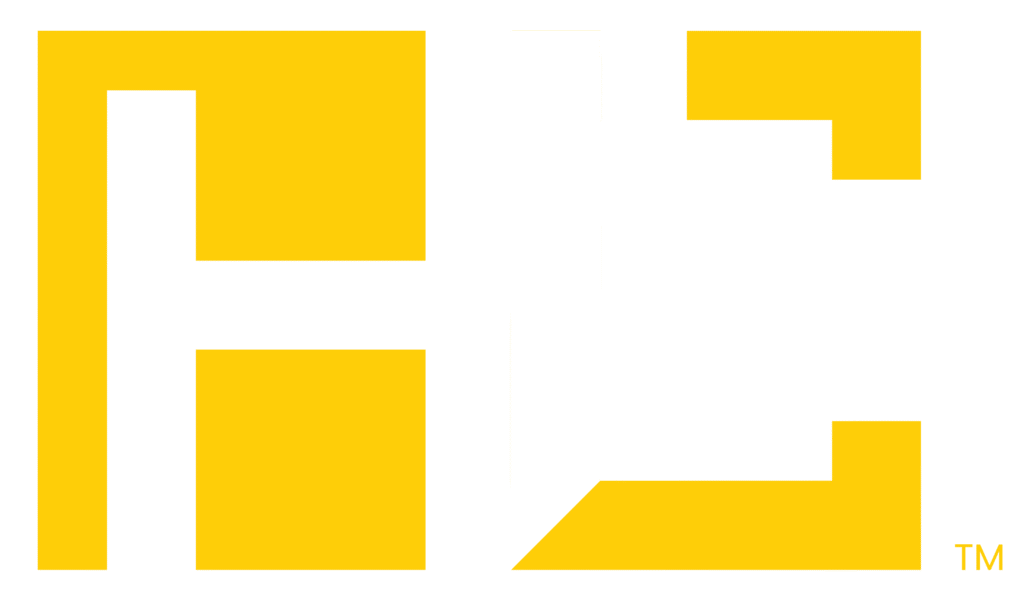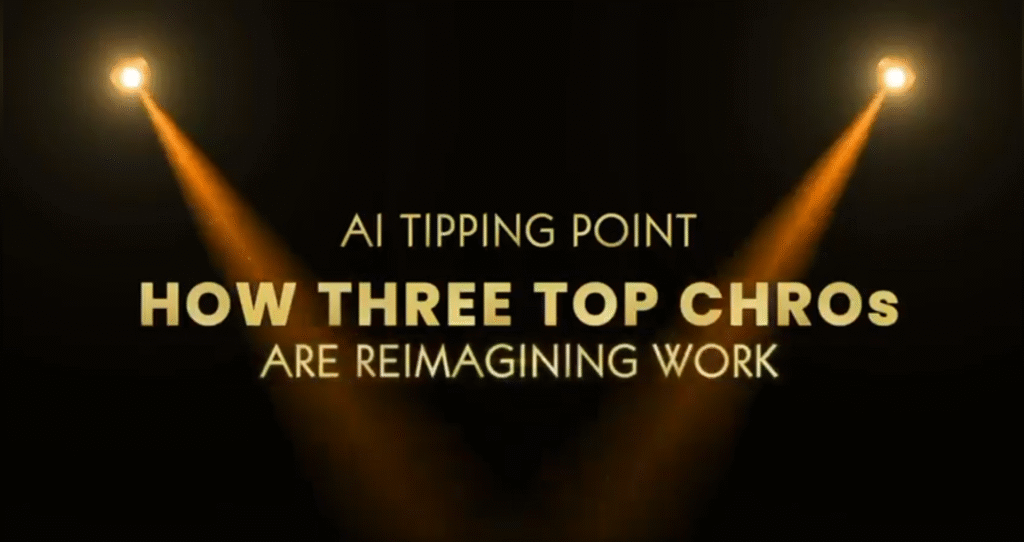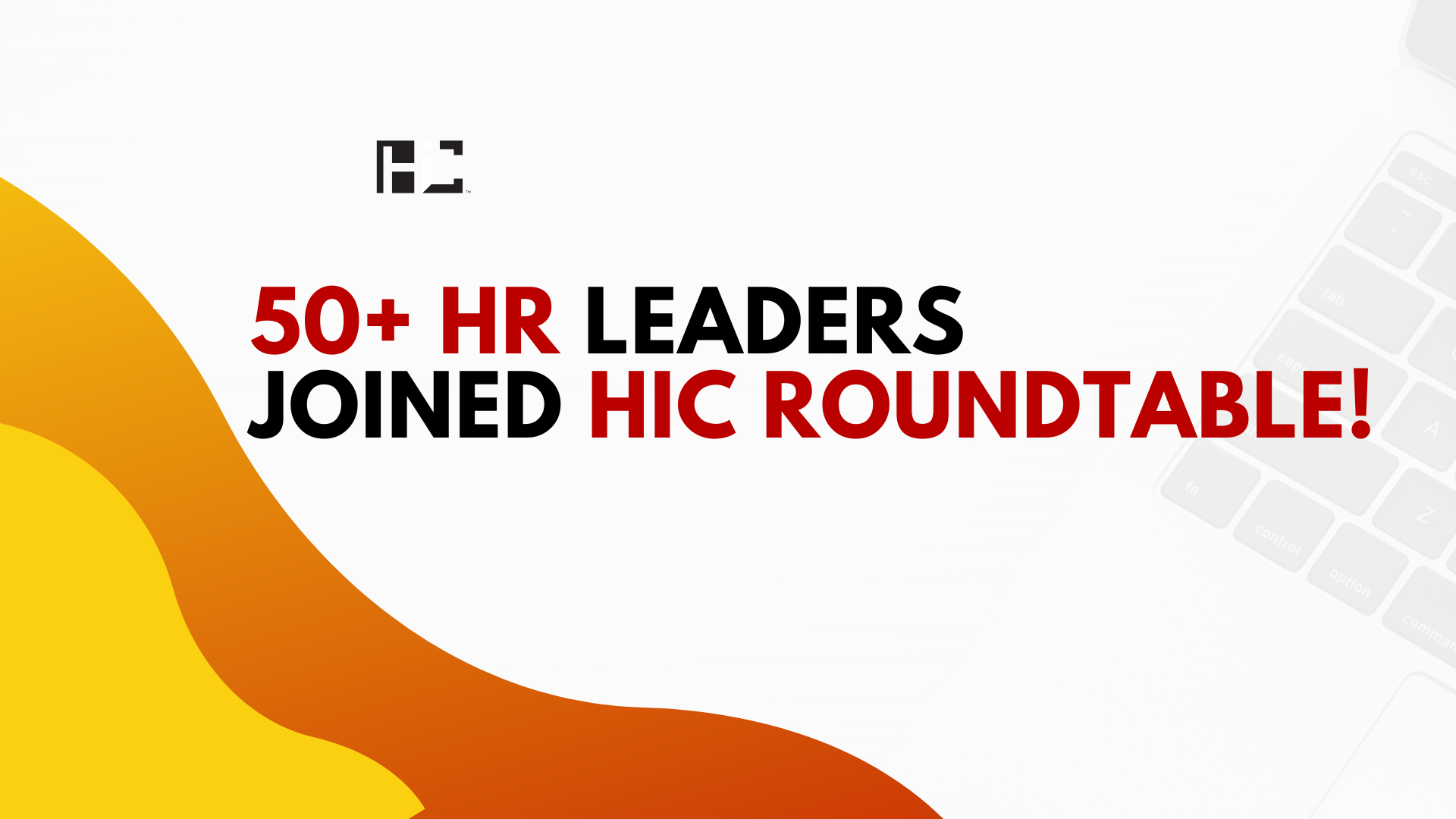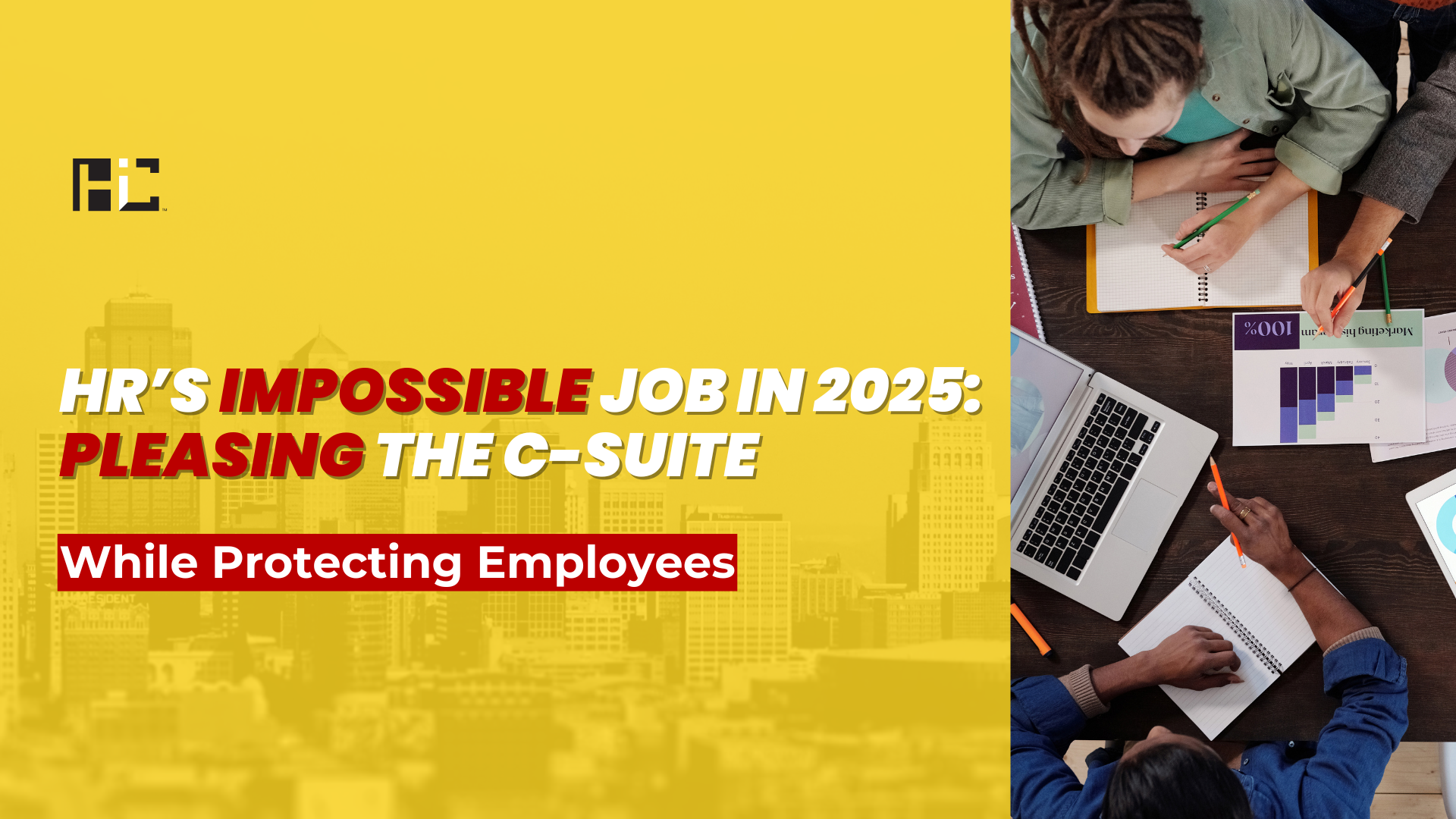AI has officially crossed the threshold.
According to the Federal Reserve (2025), more than 40% of employees now use AI in their daily work but most organizations admit they’re not culturally or structurally ready for it.
The question is no longer if AI will transform the workplace. It’s how leaders will ensure humans remain at the center.
For three visionary people leaders — Nick Avery (Carta), Amy Williams (SK Capital Partners), and Pilar Muner (Charthop) — AI isn’t a tech revolution. It’s a leadership reckoning.
They’re designing systems where technology amplifies judgment, trust, and human potential not replaces it.
And they’re showing that the next era of HR isn’t about automation. It’s about augmentation.
AI Adoption Is a Leadership Challenge
Nick Avery, Chief People Officer, Carta

“AI adoption isn’t just about the tools, it’s a leadership challenge,” says Nick Avery.
At Carta, the fintech company revolutionizing equity management for startups and investors, Avery’s HR team isn’t waiting for AI to arrive, they’re building with it.
“We’ve trained our people to leverage AI in onboarding, performance management, and employee development,” he explains. “It’s not about replacing the human touch, it’s about enhancing it.”
This mindset reflects a broader trend. The Federal Reserve reports that AI use among U.S. workers jumped from 20% to 40% in just one year, but the productivity gains remain uneven.
Nick reframes AI as an organizational design issue, not an IT project. “If leaders don’t create psychological safety around experimenting with AI,” he warns, “adoption stalls. People need to feel both empowered and protected.”
AI with Human Judgment
Amy Williams, CHRO, SK Capital Partners

For Amy Williams, leading people strategy at SK Capital Partners, a private equity firm driving sustainable transformation. AI is essential for speed and precision, but not at the expense of culture.
“AI should complement human judgment, not override it,” she says.
Her focus? Cultural acclimation helping teams trust both the tools and the data behind them.
“Predictive analytics can flag potential flight risks or skill gaps,” Amy explains, “but it’s still a leader’s job to interpret what that means for a human being’s career.”
Her perspective is backed by research. SHRM’s 2025 AI in HR Report found that while 89% of HR professionals say AI increases efficiency, only 21% feel their teams are truly integrated into company AI strategy.
Amy is clear: “AI won’t replace HR but HR that understands AI will replace HR that doesn’t.”
Keeping Leadership Human
Pilar Muner, VP of Talent & People, Charthop

At Charthop, a platform helping organizations improve transparency and engagement, Pilar Muner takes a balanced approach: “AI is a tool, not the core of leadership.”
She’s scaling HR with fractional and part-time professionals to create flexibility without losing culture.
Her approach mirrors a global shift. According to SHRM’s 2025 Employee Experience Report, AI is now driving personalized career paths, predictive coaching, and smarter role design — but human context still makes the difference.
As Pilar puts it, “You still need humans to interpret, connect, and inspire.”
HR’s New Identity: From Service Provider to Strategic Product Partner
Across these conversations, one truth emerges: HR is no longer a support function. It’s a strategic product partner, designing human-centered systems that drive measurable business outcomes.
Nick Avery is pioneering “always-on performance,” replacing static reviews with continuous AI-driven feedback. Amy Williams blends predictive analytics with trusted advisor relationships. Pilar Muner scales agility through flexible talent models without sacrificing trust.
The result? A new HR model built on data, design, and deep humanity.
Getting Ahead of the Curve
Organizations don’t have to navigate this transformation alone.
At HIC, we help companies implement forward-thinking strategies that align people, process, and purpose from AI readiness training to management development and trust-based culture design.
In 2026, we’re rolling out AI Foundational Training to help teams build confidence, reduce fear, and integrate AI responsibly into daily workflows.
Because technology should amplify human potential, not replace it.
Takeaways for People Leaders
✅ AI is a tool, not a replacement.The biggest risk isn’t automation — it’s losing sight of humanity.
✅ HR must think like a product team.Design for impact and continuous iteration.
✅ Fractional talent expands capacity.Scale smartly without eroding culture.
✅ Trust drives adoption.Without psychological safety, innovation stalls.
✅ Partner with experts like HIC. External guidance accelerates adoption and builds confidence.
AI may be the most disruptive force of our time but as these leaders prove, it’s also a mirror. It reflects the strength of leadership, the clarity of vision, and the depth of trust within an organization.
The future of work won’t be led by those who know the most about technology. It will be led by those who know the most about people.
And with partners like HIC, companies can navigate this AI tipping point while keeping humans at the heart of work.
Here’s How You Can Amplify My Work (3 Quick Actions):
1️⃣ Tell your HR team about the Supercharged Management Accelerator— a program designed to help managers at every level navigate organizational dynamics.
2️⃣ Pre-order my new book, Supercharged Teams, and help spread the word! 📘
Post this on your LinkedIn feed and tag me:
I just pre-ordered Supercharged Teams: How Every Manager Can Create a Culture of Excellence by Netta Jenkins — and you should too!
3️⃣ Leave a Review once you’ve read it. If you’re a manager, aspiring leader, or someone who cares about building teams that drive real business impact, this book was written with you in mind.




